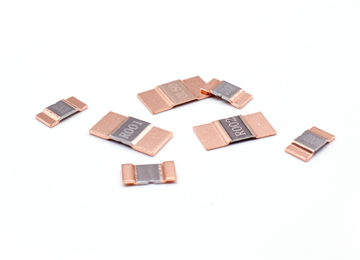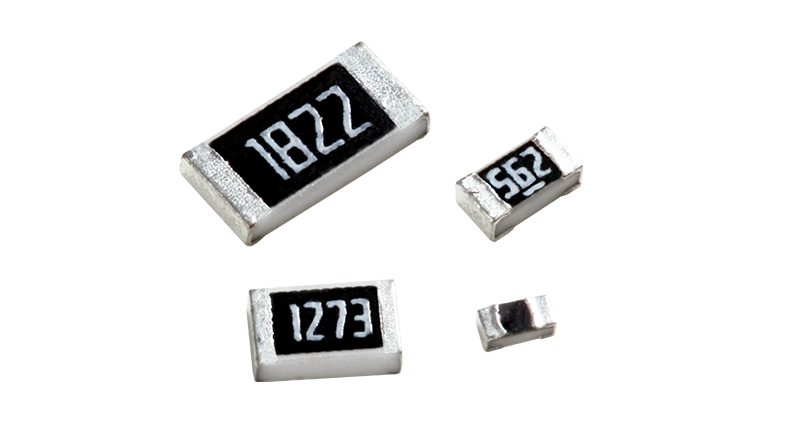The accuracy or precision of a hnstshop.com/" target="_blank" rel="noopener">resistor refers to the deviation between its actual value and its nominal value. It is typically expressed as a percentage or a decimal value. The following are common accuracy ratings for resistors:
1. 5% accuracy: This means that the actual value of the resistor can deviate by up to 5% from its nominal value.
2. 2% accuracy: The actual value can deviate by up to 2% from the nominal value.
3. 1% accuracy: The actual value can deviate by up to 1% from the nominal value.
4. 0.5% accuracy: The actual value can deviate by up to 0.5% from the nominal value.
5. 0.25% accuracy: The actual value can deviate by up to 0.25% from the nominal value.
6. 0.1% accuracy: The actual value can deviate by up to 0.1% from the nominal value.
7. 0.05% accuracy: The actual value can deviate by up to 0.05% from the nominal value.
8. 0.025% accuracy: The actual value can deviate by up to 0.025% from the nominal value.
9. 0.01% accuracy: The actual value can deviate by up to 0.01% from the nominal value.
Choosing the appropriate accuracy rating for a resistor depends on the required precision of the circuit and the specific application. Higher accuracy resistors are typically used in precision instruments, measurement equipment, and other applications where precise resistance values are crucial. On the other hand, lower accuracy resistors may be sufficient for general circuits or applications with less stringent requirements.
It's important to note that the accuracy of a resistor doesn't necessarily imply its stability. Even resistors with the same accuracy rating can exhibit different long-term stability characteristics. Factors such as temperature coefficient and long-term drift should also be considered in applications where stability is important.

$0.772077
ESR39D9W0M50M02G
Low-Resistance Shunt Resitor ,3920 ,0.0005R(0.5mR) ,±0.5% ,9W ,±100PPM ,ELLON-ESR
In summary, the accuracy of a resistor is an important consideration when selecting the appropriate resistor for a specific application. Based on the required precision and cost limitations, choosing a resistor with the suitable accuracy rating ensures the desired performance and accuracy of the circuit.



